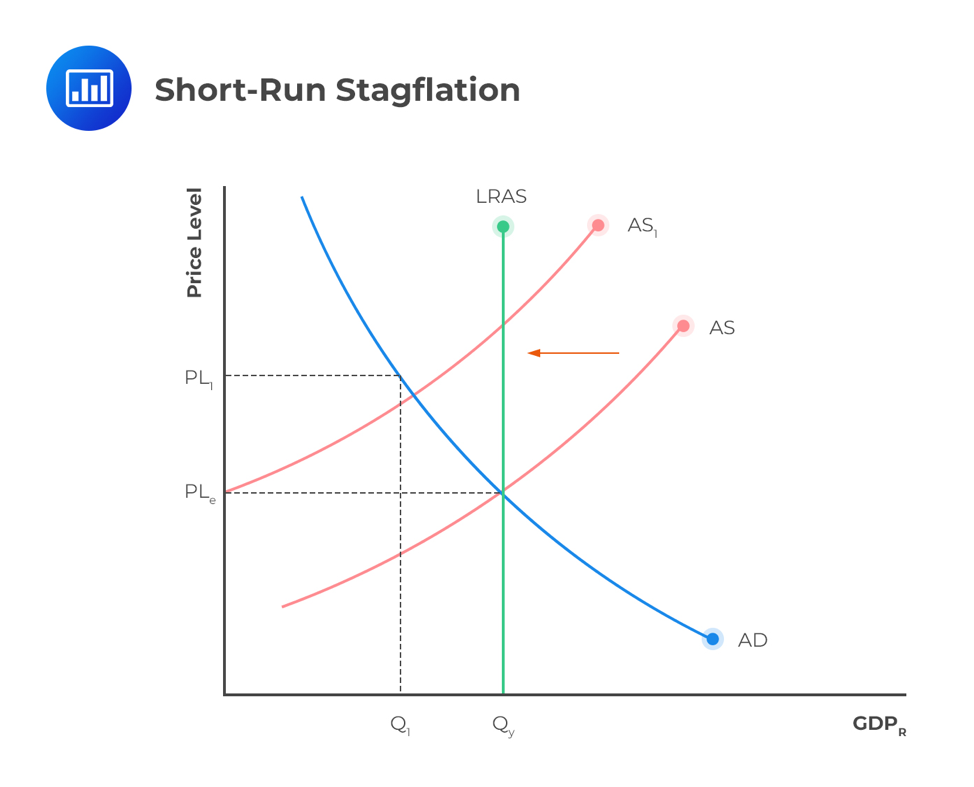Navigating Stagflation Economic Challenges and Strategies


Navigating Stagflation: Economic Challenges and Strategies
Introduction:
Stagflation, a term coined during the 1970s, refers to a unique economic scenario characterized by stagnant economic growth coupled with high inflation rates. This phenomenon presents significant challenges for policymakers, businesses, and consumers alike, requiring careful analysis and strategic responses to mitigate its impact.
Understanding Stagflation: Causes and Dynamics:
Stagflation occurs when an economy experiences simultaneous high inflation and high unemployment or stagnant economic growth. This perplexing combination defies traditional economic theories, which posit a trade-off between inflation and unemployment, known as the Phillips curve. The causes of stagflation are multifaceted and can include supply shocks, excessive government spending, and monetary policy failures.
Impacts of Stagflation:
Stagflation poses several adverse effects on the economy and society as a whole. High inflation erodes purchasing power, reduces real wages, and diminishes consumer confidence. Stagnant economic growth leads to unemployment, reduced investment, and stagnant living standards. Additionally, stagflation can create uncertainty, hampering business investment and undermining long-term economic prospects.
Policy Responses to Stagflation:
Addressing stagflation requires a combination of monetary and fiscal policy measures. Monetary authorities may adopt contractionary policies, such as raising interest rates or reducing money supply growth, to combat inflationary pressures. Fiscal authorities, on the other hand, may implement austerity measures, including spending cuts or tax increases, to restore fiscal discipline and reduce inflationary expectations.
Challenges in Managing Stagflation:
Managing stagflation is inherently challenging due to the conflicting policy objectives it presents. Policymakers must strike a delicate balance between controlling inflation and promoting economic growth and employment. Furthermore, the effectiveness of policy responses may be limited by structural factors, such as rigid labor markets or supply-side constraints, which can exacerbate stagflationary pressures.
Strategies for Businesses Amid Stagflation:
Businesses must adapt their strategies to navigate the complexities of stagflation effectively. This may involve implementing cost-saving measures, such as efficiency improvements or supply chain optimizations, to mitigate the impact of rising inflationary pressures. Additionally, businesses may need to adjust pricing strategies, invest in productivity-enhancing technologies, and diversify revenue streams to maintain profitability in a stagflationary environment.
Consumer Behavior in Stagflationary Times:
Consumers also face challenges in managing their finances and purchasing decisions during stagflationary periods. Rising prices erode disposable incomes, leading consumers to prioritize essential expenditures and reduce discretionary spending. Additionally, uncertainty about future inflation rates may prompt consumers to save more and postpone major purchases, further dampening economic activity.
Investment Strategies During Stagflation:
Investors must adopt cautious investment strategies to navigate stagflationary environments successfully. This may involve diversifying investment portfolios to hedge against inflationary risks, favoring assets such as commodities, real estate, or inflation-protected securities. Additionally, investors may seek out companies with strong pricing power, resilient business models, and defensive characteristics that can withstand stagflationary pressures.
Global Implications of Stagflation:
Stagflationary episodes can have far-reaching implications for the global economy, particularly in interconnected financial markets and trade networks. A stagflationary shock in one country or region can spill over into others through trade channels, financial contagion, or supply chain disruptions. As such, policymakers and international institutions must coordinate responses to mitigate the systemic risks posed by stagflation.
Conclusion:
In conclusion, navigating stagflation requires a comprehensive understanding of its causes, impacts, and dynamics, as well as proactive policy responses and adaptive strategies from businesses and consumers alike. By addressing the root causes of stagflation and implementing prudent economic policies, policymakers can mitigate its adverse effects and restore economic stability and prosperity. Read more about Stagflation





